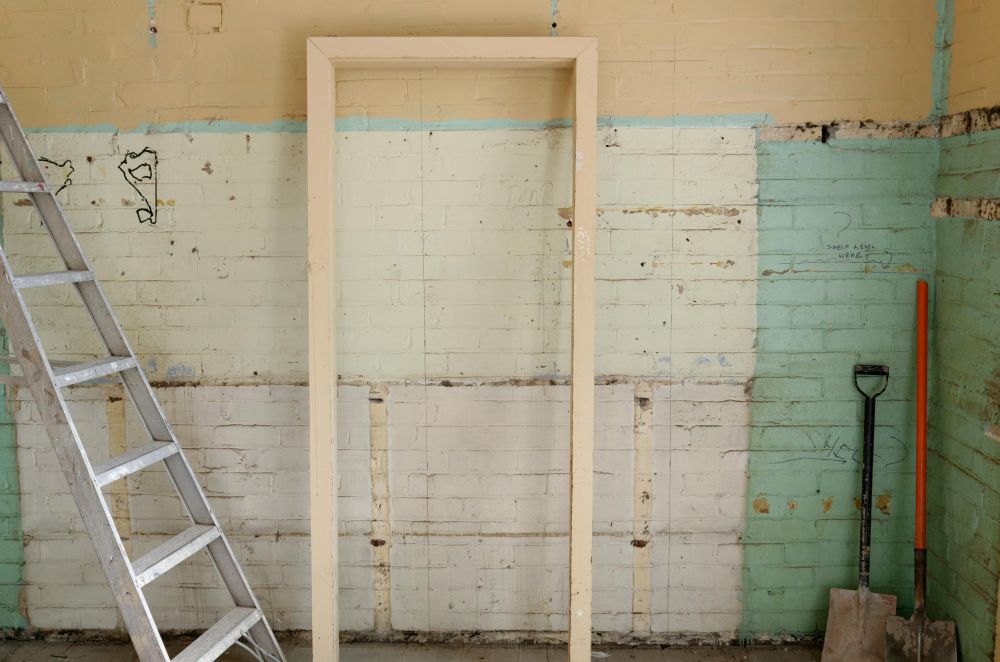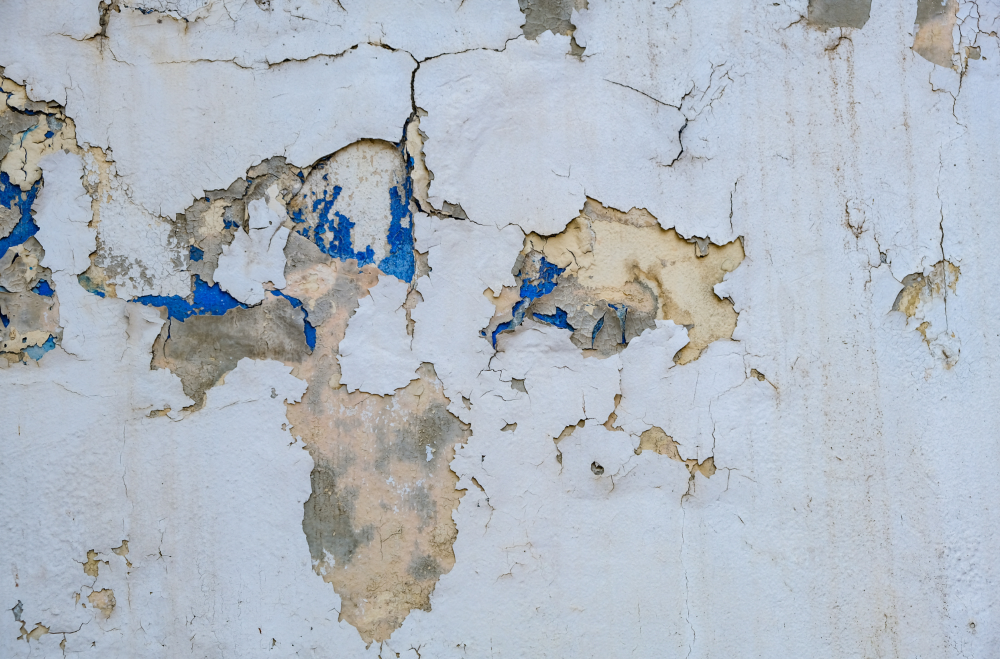While you are likely aware of the hazards presented by lead, a heavy metal element, it’s worth pointing out there are many misconceptions about lead paint and lead removal. As low levels of lead exposure are still harmful, especially for children, it’s worth knowing the truth behind these misconceptions, so you can keep your family safe. Let’s examine the myths behind lead paint and lead removal.
1: Since lead paint was banned in 1978, lead contamination is no longer a concern
While it is true that lead paint was banned in the US in 1978, lead paint is still a concern for those who live on properties built before 1978. If you live in an older home and need to confirm the presence of lead paint, contact a professional restoration company to test for lead.
2: Lead is only dangerous when ingested
Lead dust is harmful when inhaled, especially for young children. Even low levels of lead dust exposure can cause health problems, such as impairment of brain development.
3: Lead paint is only dangerous when it is damaged or deteriorated
Normal weathering of lead paint can still pose problems. National surveys show that houses with intact lead paint still have more lead dust than homes without any lead-based paint.
4: As long as I cover my face, I can perform lead removal myself
Lead removal should always be performed by a certified individual. Attempting lead paint removal on your own will likely expose you to lead, even if you’re wearing a mask. A certified professional not only has the proper personal protective equipment, but they know the exact steps to safely remove lead paint. Plus, they know how to safely and properly dispose of lead paint.
5: Only kids are affected by lead poisoning
While children are more susceptible to lead poisoning, adults can be affected as well. In fact, adults with diabetes and kidney disease are especially susceptible to the effects of lead poisoning.
6: You can easily tell if you’re suffering from lead poisoning
Not always. While lead poisoning symptoms can include muscle, joint, and abdominal pain, headaches, mood disorders, etc., it’s possible to be asymptomatic as well. In other words, you can be poisoned but show no outward signs. If you suspect lead poisoning, contact your doctor. They will perform a blood test to confirm if you are experiencing lead poisoning.

7: Low levels of lead are harmless
Even low levels of lead in a child’s bloodstream can result in development problems. While the effects of lead poisoning can be mitigated, there is no method to completely reverse damage.
8: You can tell if paint contains lead
You can’t tell if paint contains lead simply by looking at it. Even if the paint pre-dates 1978, the only way to know for certain is to have the paint tested by a professional.
9: Lead paint is always white
While it is true that many lead-based paints were white, lead paints also came in green, yellow, and red shades. Once again, the only way to truly know paint contains lead is to have it tested.
10: As lead tastes gross, my child will never eat paint chips
Lead paint has a sweet taste, which can encourage young children to chew and ingest paint chips. Even if lead paint is not flaking, a toddler may chew on a windowsill coated with lead paint, leading to lead exposure.
11: Only humans are affected by lead poisoning
Animals are also affected by lead poisoning. This means any pets you own can suffer from ingesting lead paint chips, or inhaling lead dust. Signs of animal lead poisoning are lethargy, vomiting, diarrhea, and seizures. If you suspect your pet is suffering from lead poisoning, contact your vet immediately. They will conduct a urine or blood test for your pet to determine the presence of lead in their system.
Lead Removal: Best Left to the Professionals
Protect your family’s health by avoiding any DIY lead removal projects. It is worth contacting a professional service to perform lead removal, as they will get the job done right.

